Should light fixtures match throughout a house? The answer is more nuanced than you'd expect
If you're wondering should light fixtures match throughout the house, then you're not alone. We reached out to experts to settle the debate


When you're redecorating your home, sometimes you want a room to feel uniquely different, and sometimes you want it to flow. However, there's one particular area of home design that seems to trip people up time and time again when it comes to mixing and matching designs. The lighting.
Should they match from room to room? Should they be completely different? Sure, your options are endless when it comes to illuminating a space but lighting, by design, is eye-catching so you need to get it right.
To answer the question of whether light fixtures should match, we sought the help of design professionals, so whether it's for your bedroom, kitchen, bathroom or living room lighting scheme, here's all you need to know about coordinating your home's fixtures.

Aditi is a homes writer and editor with several years of experience. Her articles, backed by expert insights, offer suggestions aimed at helping readers make the best home design choices. For this article, she spoke to top experts to understand if lighting fixtures need to be matched in the home.
Should light fixtures match throughout the house?
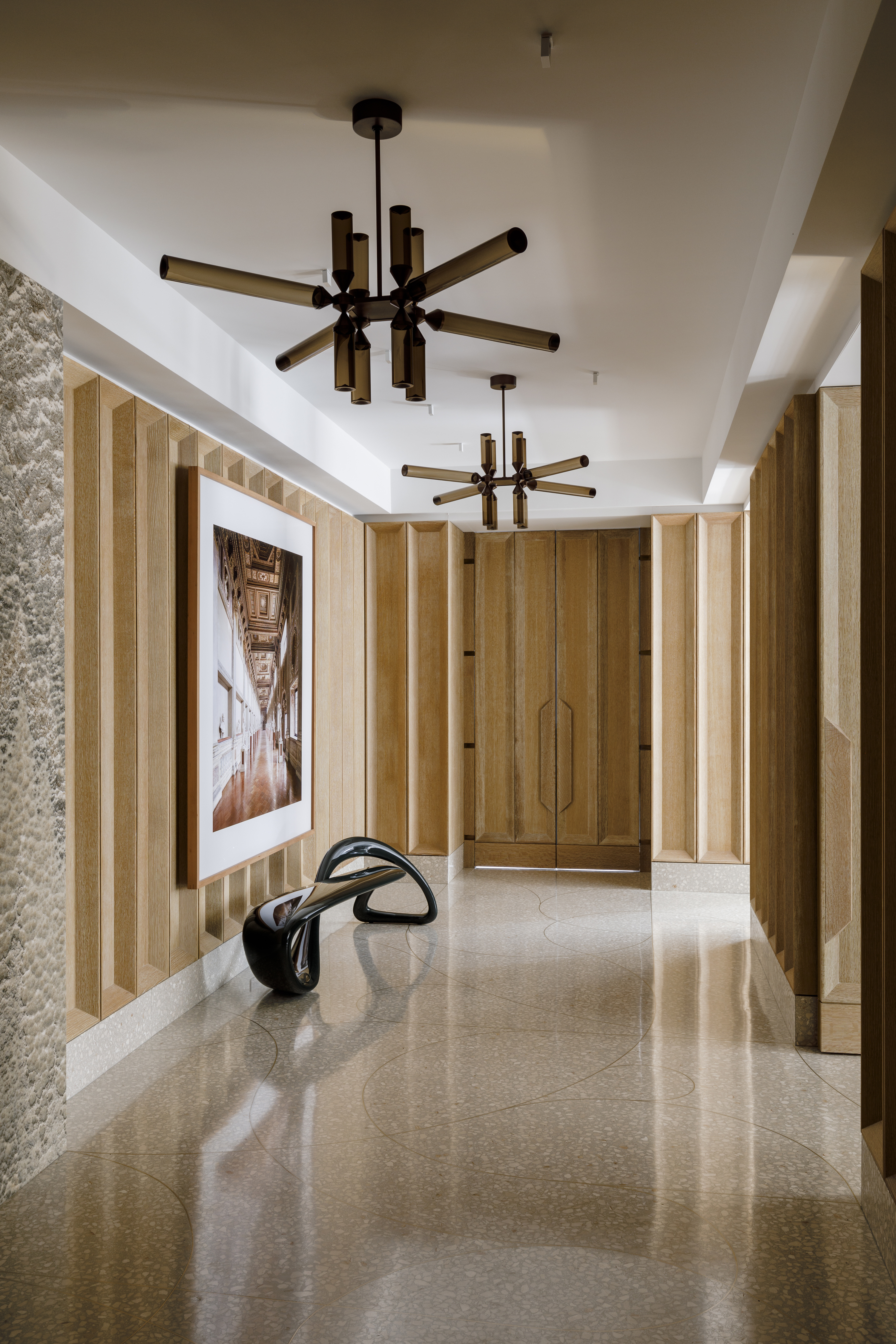
The answer to this burning question is no. You don't need to perfectly match the light fixtures in your home; however, while all light fixtures need not look exactly alike, they should share common features. It is possible to match the shape, color, materials, styles, or other details in, say your living dining combo, or other open to closed floor plan spaces.
'In my opinion, decorative lighting throughout a home should be curated to coordinate but not match,' says Reena Sotropa, founder of Reena Sotropa in House Design Group. 'Your home is an extension of you, your family, and your lifestyle. Your decorative lighting fixtures are like jewelry; an expression of your aesthetic offering a glimpse into who you are. There was a time when we wore matching sets of jewelry, purchased complete suites of furniture, and selected decorative lighting from collections. Today this is not the case – choosing preselected, matching sets of anything is considered uninteresting and a bit lazy.'
‘A flowing lighting scheme is a tried and tested method within interior design,' says Niki Wright, co-founder of lights&lamps. 'However, this doesn't necessarily mean everything has to match. A coordinating palette is the best way to transition from room to room in your home, be that a wall color or floor covering, but the finishing touches can and should be used to create a point of difference across each threshold.'
Create a natural transition of lights
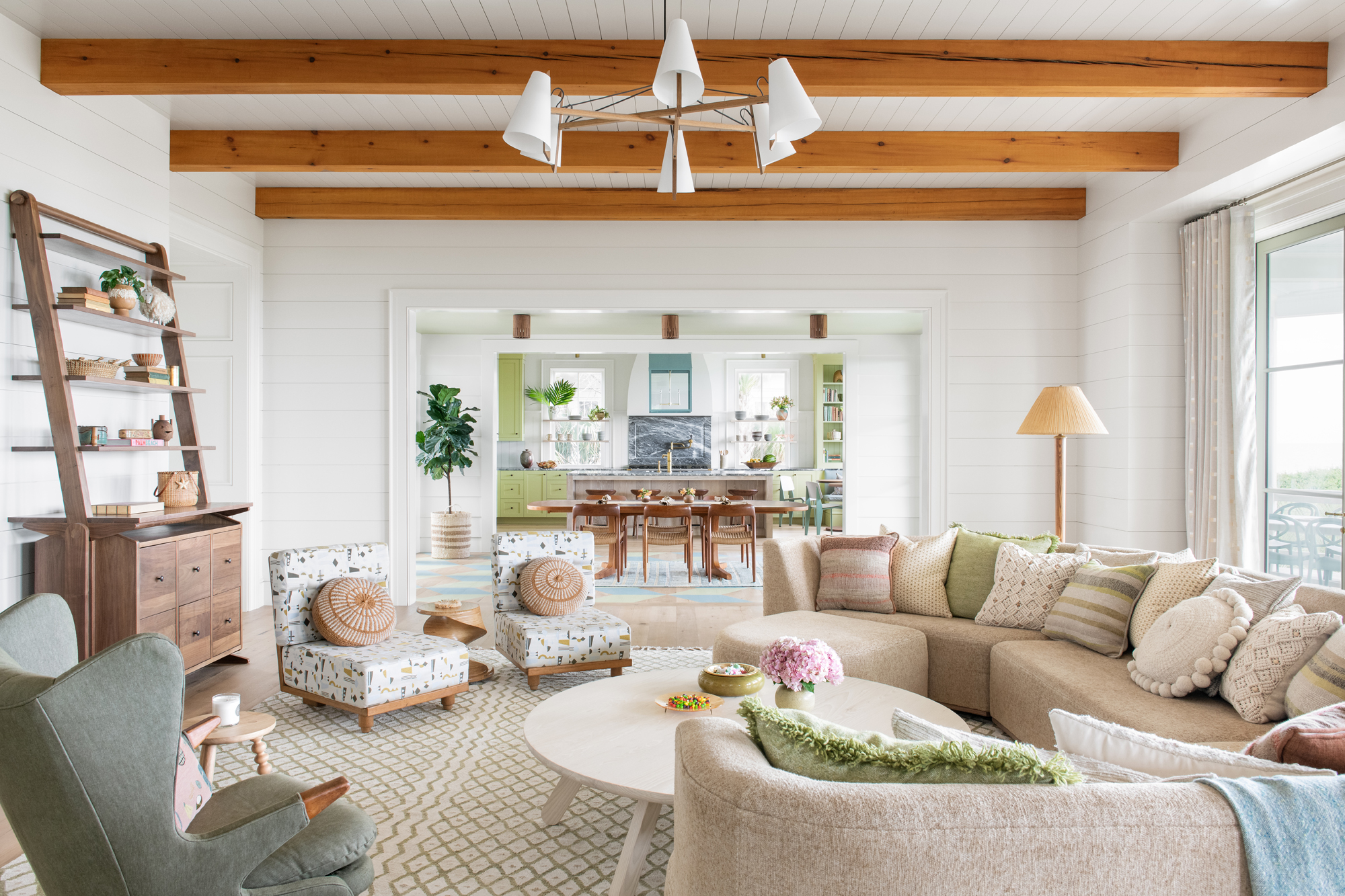
Here's a great way to understand why choosing the same light fixtures can be monotonous. Take, for instance, a statement chandelier suspended in the entryway that makes a great impression on guests. But if the same piece is repeated in the living room or dining room lighting, the novelty and beauty of the piece diminishes.
Instead, consider choosing a feature or two (preferably smaller ones like sconces or bulbs), and keep them consistent throughout your home. This will help create a subtle sense of uniformity without seeming too overwhelming.
To understand what lighting pieces are ideal for your space, there are numerous online sources to help you out. Else, you can consult professionals or visit lighting warehouses and antique stores to get a fair idea.
'To provide a natural transition between rooms, position similar looking pendants, which offer a subtle difference in size and color,' says David Amos, CEO at Amos Lighting + Home. 'This will give a differentiation between areas whilst visually tying them together.
Keep the lighting theme in mind
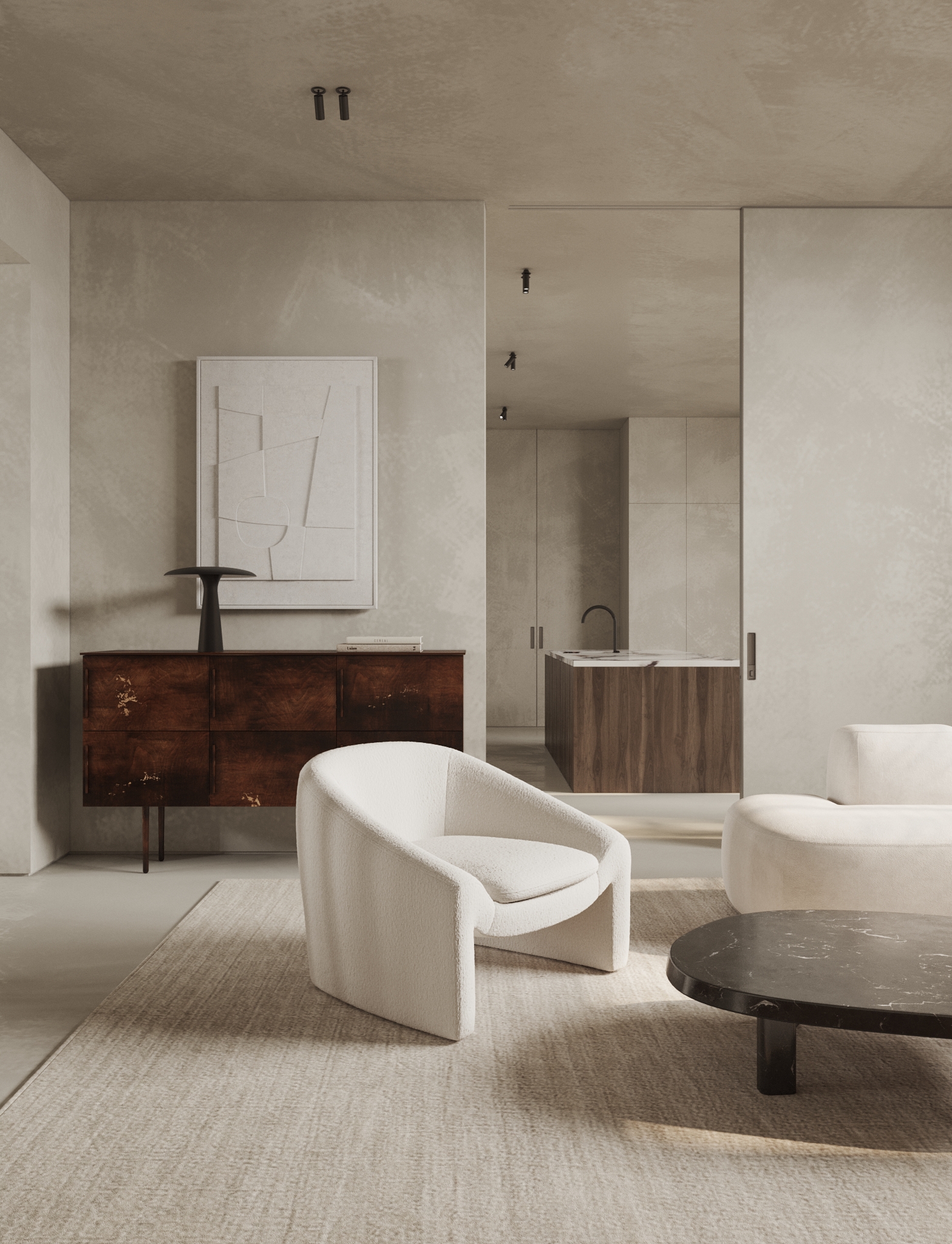
One great way to coordinate fixtures across the house, including the entrance and hallway lighting, is to ensure that the overall 'feel' of the lights flows well in the home. A modern chandelier in the living room, a country-style wrought iron, or distressed wood pendant in the dining, and industrial-style lights in the kitchen will confuse. Just like how you have a decor or color theme in a house, consider a similar one for lights too.
One thing to keep in mind is that in one room, there's no harm in matching all the ceiling lights.
'When there are multiple ceiling lights in one room, it can be better that each fitting matches,' says Niki. 'In this instance, you can always match with different sized versions such as our Chelso pendant in both a 6 and 4 light size.’
Go for fixtures with similar light tones
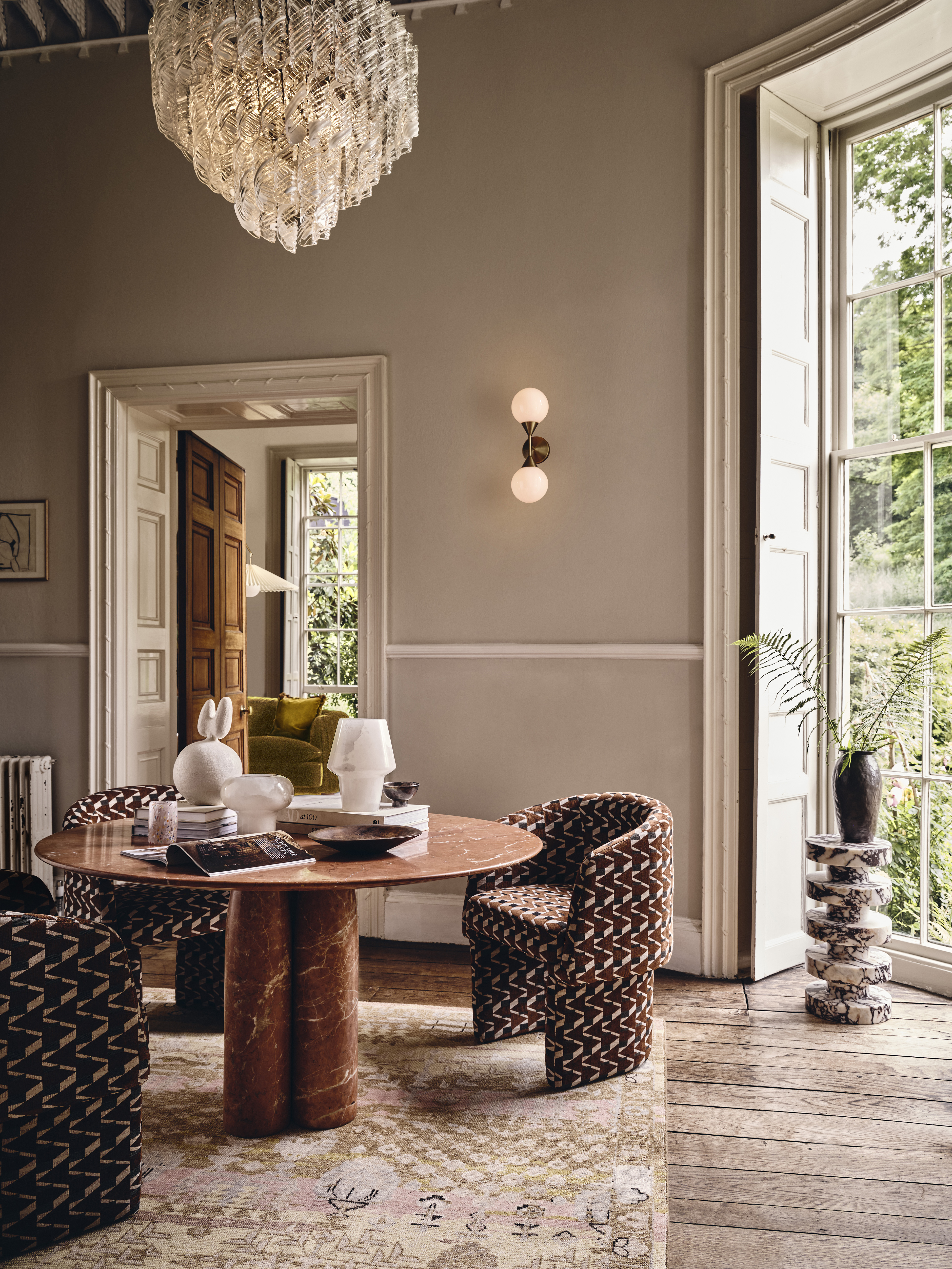
Usually the question of cool light vs warm light crops up when it comes to planning the lighting in the home. Lower the temperature of light, the more it will be in tones of yellow and orange whereas the higher temperature radiates more of the blue tones. Ideally, soft white (2,700 to 3,000 Kelvin), which is warm and yellowish the best type of illumination for the home.
To have a nice, welcoming setting in every room of your home, coordinate all fixtures with warm lighting, and keep the cool lights only for tasks, such as the reading light or above the kitchen counter lights. Warm light will give a cozy feeling to the interiors of your home.
Crystal Chandelier from Amazon
This flush mount crystal chandelier has 4-layers of crystal strings, and is finished in subtle color that can soften the atmosphere in your living room, bedroom, kitchen, hallway, dining room, or bathroom.
Do's and don'ts of coordinating lighting fixtures
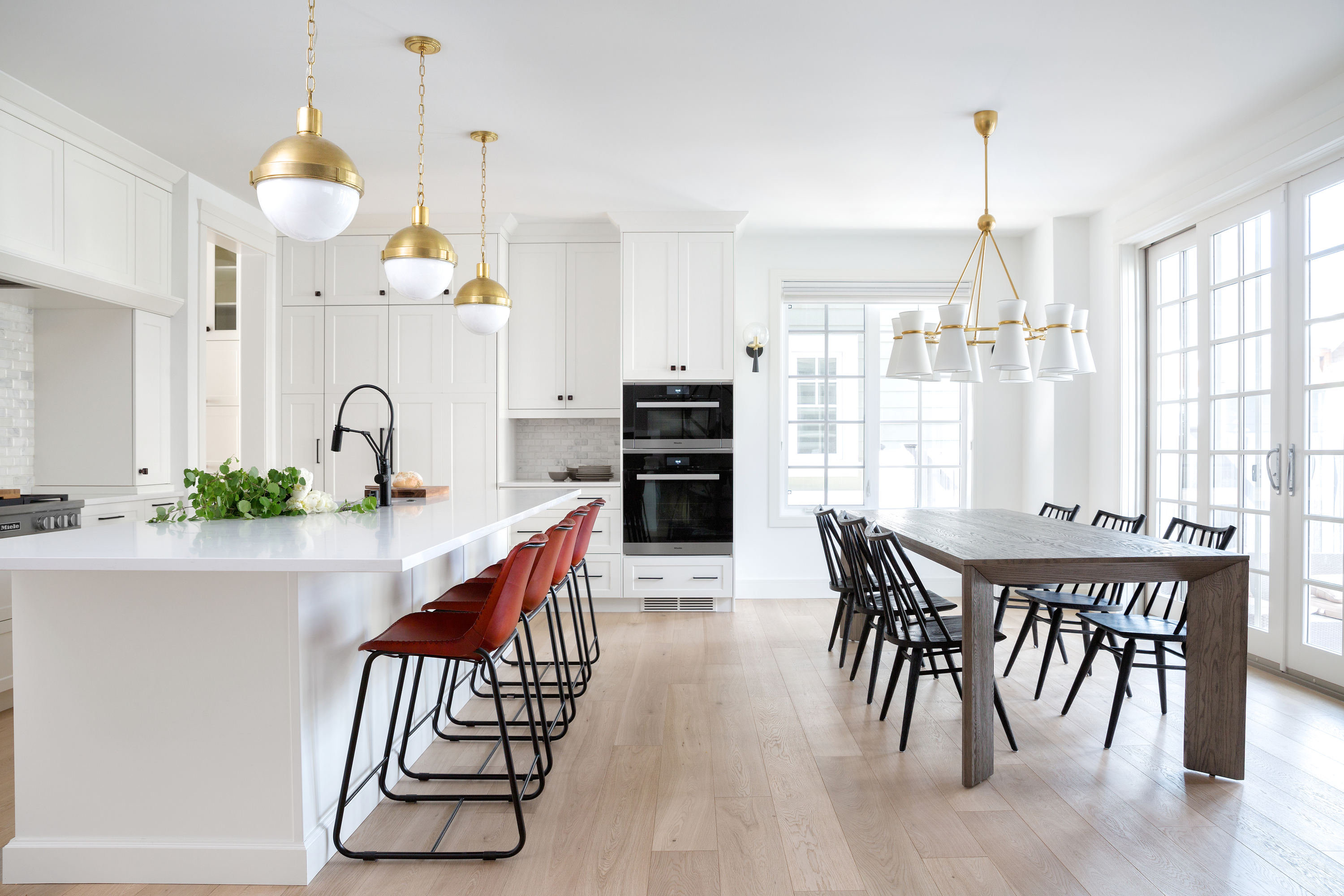
Dos
When planning the lighting in your home, create a layered scheme with the task, accent, or ambient lighting. Set the mood seamlessly, while creating dimension, and improving the versatility of any given space. Make sure all lights are on a dimmer so you can control the type of illumination being spread across the house.
When mixing and coordinating the light fixtures, remember to blend all the finishes as per your taste. The same room should not have a brass and a gunmetal finish as that would look out of place.
Have a consistent, curated lighting scheme, especially in an open floor plan. This means that while all the finishes or styles don't have to match, the overall feel of all rooms should flow well together.
Don'ts
Don't overload the house with too many fixtures. Just install the primary fixtures needed for general illumination, and then add on what is needed. An over-lit home can seem cold and uncomfortable. If you're unsure of how many lights are needed in the living room, kitchen or bedroom, perhaps sought the help of an interior designer.
In a room or an open floor plan, don't go for fixtures in different colors. Spaces usually get layered with color through walls, furnishings, and flooring. Multiple vibrant fixtures may break the palette of the room and make it seem haphazard.
The other big don't is to not go for a fixture just because you love the look of it. Consider the purpose of the light, and think about whether its design and style will look coordinated in your home. Choose a fixture that serves a function as well as your taste.
Be The First To Know
The Livingetc newsletters are your inside source for what’s shaping interiors now - and what’s next. Discover trend forecasts, smart style ideas, and curated shopping inspiration that brings design to life. Subscribe today and stay ahead of the curve.

Aditi Sharma Maheshwari started her career at The Address (The Times of India), a tabloid on interiors and art. She wrote profiles of Indian artists, designers, and architects, and covered inspiring houses and commercial properties. After four years, she moved to ELLE DECOR as a senior features writer, where she contributed to the magazine and website, and also worked alongside the events team on India Design ID — the brand’s 10-day, annual design show. She wrote across topics: from designer interviews, and house tours, to new product launches, shopping pages, and reviews. After three years, she was hired as the senior editor at Houzz. The website content focused on practical advice on decorating the home and making design feel more approachable. She created fresh series on budget buys, design hacks, and DIYs, all backed with expert advice. Equipped with sizable knowledge of the industry and with a good network, she moved to Architectural Digest (Conde Nast) as the digital editor. The publication's focus was on high-end design, and her content highlighted A-listers, starchitects, and high-concept products, all customized for an audience that loves and invests in luxury. After a two-year stint, she moved to the UK and was hired at Livingetc as a design editor. She now freelances for a variety of interiors publications.
-
 The 'New British' Style? This Victorian London Home Embraces Its Owners' Global Background
The 'New British' Style? This Victorian London Home Embraces Its Owners' Global BackgroundWarm timber details, confident color pops, and an uninterrupted connection to the garden are the hallmarks of this relaxed yet design-forward family home
By Emma J Page
-
 Muji Living Room Ideas — 5 Ways to Harness The Calming Qualities of This Japanese Design Style
Muji Living Room Ideas — 5 Ways to Harness The Calming Qualities of This Japanese Design StyleInspired by Japanese "zen" principles, Muji living rooms are all about cultivating a calming, tranquil space that nourishes the soul
By Lilith Hudson
